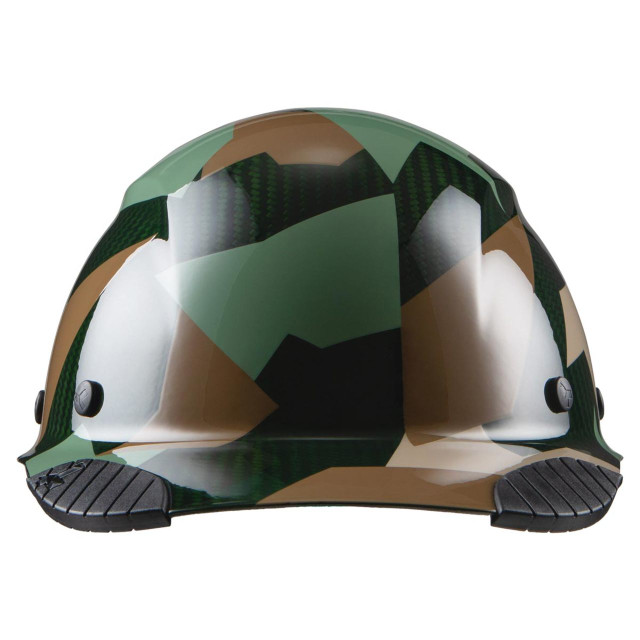Lift hard hats are a crucial component of personal protective equipment (PPE) in many industries. They provide essential head protection, safeguarding workers from falling objects, debris, and other potential hazards. However, there are several myths and misconceptions surrounding lift hard hats that can lead to confusion and compromise worker safety. In this blog post, we will address four common myths and misconceptions about lift hard hats.

Myth: Lift Hard Hats Are Universal in Design
One common misconception is that all lift hard hats are the same, regardless of the industry or work environment. In reality, lift hard hats come in various designs and classifications, each tailored to specific hazards and requirements.
Different industries may require lift hard hats with specific features to address the unique risks associated with their work environment. For example, construction sites may require lift hard hats with built-in chin straps for added stability, while electrical workers may need lift hard hats with electrical insulation properties.
To ensure worker safety, it is essential to select lift hard hats that meet the specific needs of the job site or industry. Employers should consult industry standards and regulations to determine the appropriate lift hard hat design for their workers.
Myth: Lift Hard Hats Never Expire
Another misconception is that lift hard hats have an indefinite lifespan, and there is no need to replace them unless they are visibly damaged. In reality, lift hard hats have an expiration date, typically indicated by the manufacturer.
Over time, exposure to sunlight, chemicals, and wear and tear can degrade the materials of a lift hard hat, compromising its effectiveness in protecting the wearer. Exceeding the recommended lifespan of a lift hard hat increases the risk of head injuries and may violate safety regulations.
Employers should implement regular inspections and replacements to ensure that workers have access to functional and reliable lift hard hats. Following the manufacturer’s guidelines for expiration dates and conducting routine inspections are crucial steps in maintaining a safe work environment.
Myth: Lift Hard Hats Are Only Necessary Outdoors
Some individuals believe that lift hard hats are only necessary when working outdoors or in construction environments. However, head injuries can occur in various industries and work settings, making lift hard hats essential across the board.
Even in office environments, there can be hazards such as overhead storage or the potential for objects to fall from shelves. In manufacturing facilities, workers may encounter heavy machinery or equipment, increasing the risk of head injuries. Therefore, lift hard hats should be worn whenever there is a possibility of falling objects or other head hazards, regardless of the work environment.
Employers should conduct a thorough assessment of their work environment to identify potential head hazards and implement appropriate safety measures, including the use of lift hard hats when necessary.
Myth: Lift Hard Hats Are Uncomfortable to Wear
A prevalent misconception is that lift hard hats are uncomfortable and cause discomfort, leading to workers avoiding wearing them. While it is true that traditional lift hard hats can be cumbersome and lead to discomfort, advancements in design and technology have addressed this issue.
Modern lift hard hats are designed with worker comfort in mind. They feature adjustable straps, cushioned interiors, and lightweight materials to reduce pressure points and distribute weight evenly. Some lift hard hats even incorporate ventilation systems to enhance airflow and reduce heat buildup, further increasing comfort levels.
To address the misconception that lift hard hats are uncomfortable, employers should invest in high-quality, comfortable options that meet safety standards. By providing workers with well-fitting and ergonomic lift hard hats, employers can encourage compliance and ensure the comfort and safety of their workforce.
In conclusion, it is crucial to dispel myths and address misconceptions surrounding lift hard hats. Understanding that lift hard hats have different designs suited for specific industries, recognizing the need for regular replacements, acknowledging the necessity of wearing them in various work environments, and being aware of the advancements in comfort can all contribute to a safer workplace. By promoting accurate information and implementing proper safety measures, employers can ensure that lift hard hats are utilized effectively, protecting workers from head injuries and maintaining a culture of safety.